
Math is everywhere. Including our morning routine– or what I like to call it: my morning math routine.
As teachers, we don’t always have the luxury of planning out our own schedules. Many of us have a certain amount of time designated for each subject, including math.
I used to think that teaching math was something I only did during my math block. Which was hard, because, well, I LOVE teaching math and 45-60 minutes is never going to feel like enough time! Not only that, but I knew my students needed and would benefit from more opportunities to talk about and practice math.
So, I started to analyze my schedule. I realized that my morning meeting was the perfect spot to work in some extra math. A morning math routine using my classroom calendar was exactly what my students needed!
The value of a well-planned and structured morning meeting cannot be overstated. By starting our students’ day with predictable, familiar, and inclusive routines we set a positive, supportive, and welcoming tone for the day. Added bonus: we can use this time to include a morning math routine and an all-day-long emphasis on math.
Today, I want to share some of my favorite ways to maximize math routines in my morning meeting, using one of my favorite classroom staples: my classroom calendar.
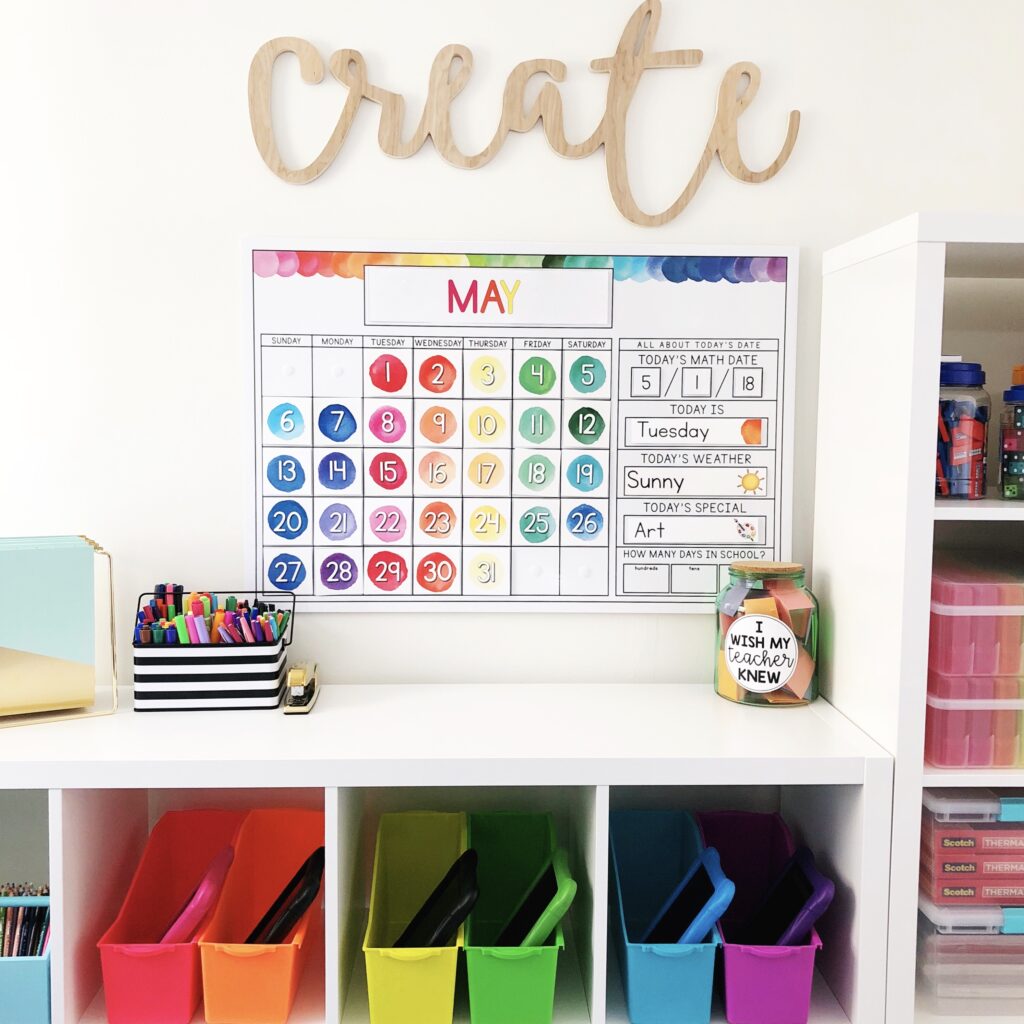
CALENDAR MATH
If you don’t have a calendar or a morning calendar routine– put down the blog post and go grab one (This is the one I use in my classroom!).
After our morning message, I always follow with a predictable calendar math routine. By reviewing the calendar each day, we naturally include a huge number of mathematically linked concepts that students can take and use in their everyday lives. Here are just a few to get you started:
Number Order: When looking at a calendar, we are organically talking about number order. And, as we work our way through the school year, focusing on the calendar teaches students the days of the weeks and months of the year (literacy AND math skill reinforcement? I call that a WIN!).
Community Building with Counting Down: Once I discovered the power of calendar math, I kept noticing more and more opportunities to build connections between our classroom community and math concepts. A calendar math routine is a great tool to get students excited about and connected to classroom and school events. Counting backward can sometimes seem like a ridiculous task… but when it is a count down it is building excitement for an event!
Weather Tracking (measurement, estimation, graphing): One of my absolute favorite ways to emphasize math in my calendar math routine: weather tracking! Weather tracking naturally reinforces so many math concepts. You can:
- Estimate the number of rainy, sunny, or snowy days.
- Estimate or count the number of inches of rain or snow.
- Graph the number of sunny, snowy, or rainy days.
- Find the difference between temperature each day or over the course of a month.

MORNING MATH MESSAGES
Many mornings, I like to start my morning math routine by gearing up my mathematicians for the day. The morning message is the PERFECT spot to work in that little bit of extra math to support your students’ understanding and excitement around math. I love to include language to both pump up my students and support mathematical identity. I also always include the date and a question linked to our classroom calendar. This reinforces the calendar as a valuable tool for information that my students can go to again and again! I often start my morning message by stating “Dear Young Mathematicians,” or “Good morning, Problem-Solvers!”. From here we keep the math conversation going by using one of the following strategies:
A reminder of tricky problem-solving we have done in class recently: I use this strategy in my morning math routine after a math block in which students really struggled to stick with a hard problem. And, it is important that this kind of message appears on a day in which we will continue to work through that sticky spot in our math block.
Encouragement to continue trying or working on a concept or strategy: When do students need a confidence boost? When they are just starting a new skill or hitting a wall. I find that this kind of encouragement, especially first thing in the morning during our morning math routine, helps my students feel more at ease when they enter our math block that day. This type of message is great when working with a new manipulative as well.
For both the reminder and encouragement strategies, I like to keep the message short and sweet. I briefly mention the concept and then remind them of the strategy we are working on that day. I encourage continued persistence and problem-solving, while also celebrating their hard work (a great connection to our growth-mindset work!). Here’s an example:
Good Morning Rockstar Mathematicians!
Today is Monday, September 23rd, 2019. Today we have math in the morning before art. We will continue practicing our addition strategies, including using a NEW tool: a number line! I am so excited to share more strategies with you when we meet in our small groups! How many days have we been in school today? How could you show this as a number sentence?
Love,
Ms. Starr
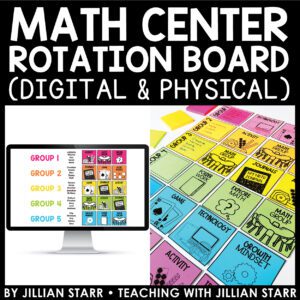
Math Center Rotation Board
Integrate other subjects (such as ELA) with math: Your morning math message doesn’t need to directly link to that day’s math concept. In fact, there are many simple ways you can combine other subjects, such as ELA or Social Studies, and math.
- Ask students to count the number of letters, vowels, consonants, or word wall words in the message.
- Write out numbers in word form.
- Prepare students for a geography lesson for the day by including measurements of distance using large numerals.
There are so many possibilities! Often when I plan a message as part of my morning math routine that integrates another subject, I simply think about the everyday math that I overlook. Your morning message is an opportunity to point out the “invisible” math moments.
Tip: For all of those responsive classroom teachers out there (like myself)! These kinds of math messages also make great “shares” and “group activities” if you are using a responsive classroom model!

DATES & TRACKING SCHOOL DAYS
One of my favorite ways to prove that math is everywhere is right next to my calendar. On my calendar sidebar I have today’s math date (written in numbers, showing the month/day/year) and a school day tracker.
Today’s Date: I’ve found that taking time to focus on how we write today’s date is a powerful and practical way to maximize math. I like to use it as an opportunity to talk about month order. In my message, I write out the date in words, on my calendar, I show the date in numerals (for example: 9/18/2021). This way my students become fluent with both.
We explicitly talk about month order connected to the number month. We start at January (1) and count each month (usually on our fingers or a month chart for one-to-one correspondence) until we arrive at the current month. I have noticed that this repetition helps ALL of my students become more automatic when writing the date themselves.
Tracking School Days: Tracking school days is a goldmine for pumping up math thinking as you start your day.
Truth be told, the way I’ve tracked school days has also evolved over the years and depending on the grade I teach. I’ve used tally marks, numerals… and even popsicle sticks to count ones, tens, and hundreds.
One of my favorites is tracking with numerals on a place value chart. Start with ones. As soon as you have double-digit school days, you replace the digits in the ones place with a new digit in the tens place (just like you would when engaging in a place value chart activity). The same procedure happens over time once your tens reach double digits. You bring it over to the hundreds place.
This method of day tracking is an especially effective way to maximize math thinking throughout the school day in younger grades (1st and 2nd). You are literally reinforcing the concept of place value and digit value!
Why not add some math manipulatives into your morning routine? Manipulatives help students visualize the idea of numbers increasing. Have three small pockets or buckets under your calendar. Label them 1s, 10s, 100s, Each day, add a unifix cube into the 1’s bucket. Snap them one on top of the other. Once you reach 10 days, you’ll move it over to your 10s bucket. You will start a new rod in the 1s bucket the following day.
I have also seen teachers create a unifix cube number line to track the number of days. You can build it horizontally along your whiteboard OR along the wall. Every day you add a unifix cube to the number line. This directly corresponds with conceptualizing numbers on a number line. Tip: Use a different color every ten days.
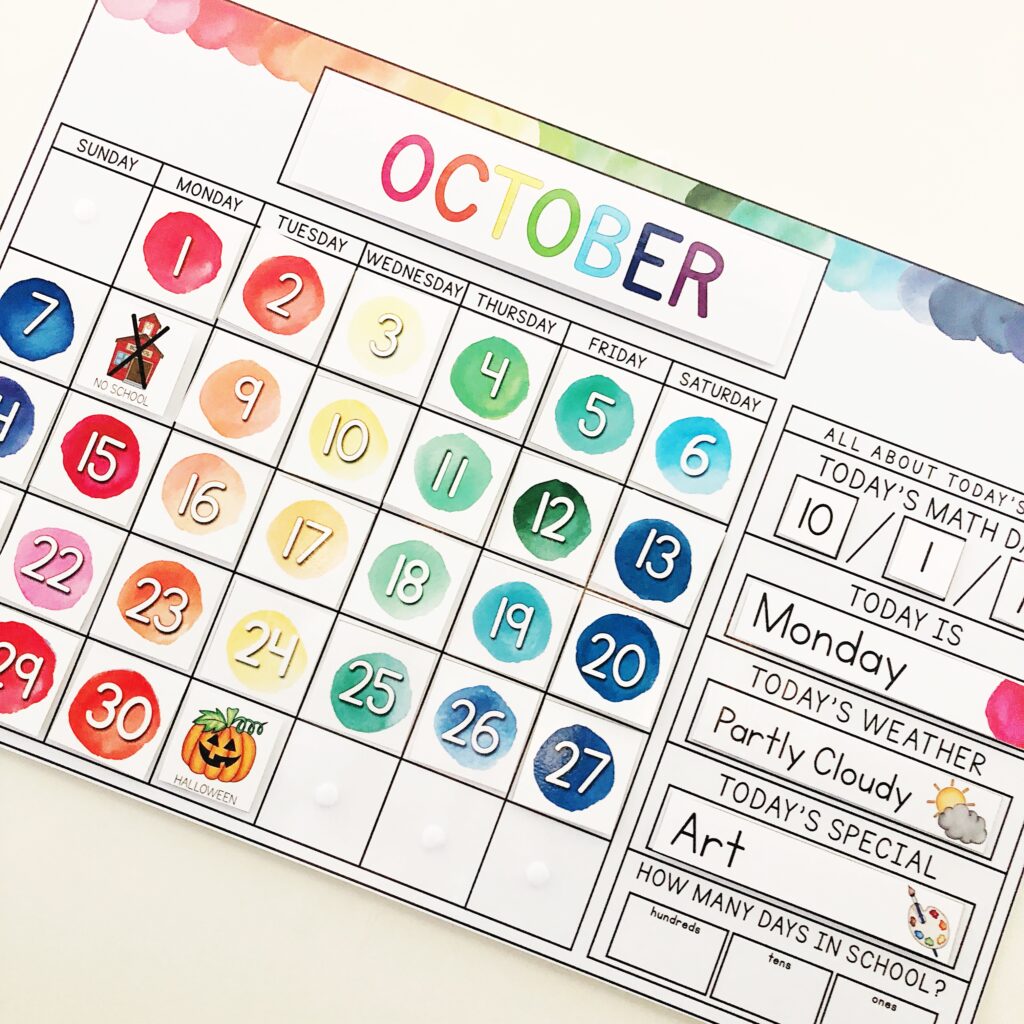
I hope you feel inspired to try out these 3 strategies for maximizing math in your morning meeting routine. Did I miss any big ones? Please share your ideas with us. I’d love to hear them!

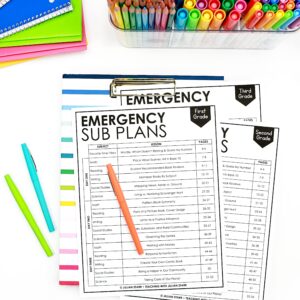


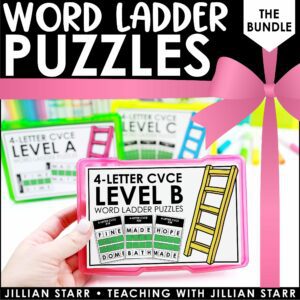

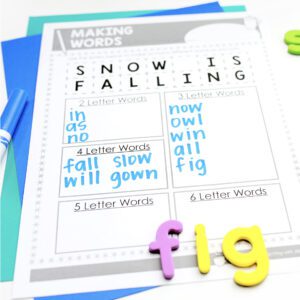

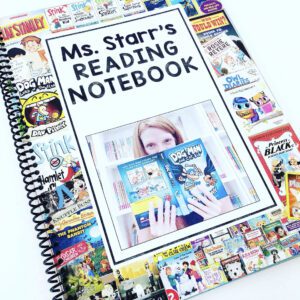


This is great; thank you for all the tips. I would agree that the morning calendar time is very important. In addition to some of the ways you use your calendar, I also love to “take down” the month together. So, for example, when November comes, we first take down the month of October by doing more math. “What is 4+2?” (We take down the 6th.) “Which number is 3 more than 5?” (We take down the 8th) etc. As the months progress, so do the problems you pose, including subtraction, multiplying, skip counting, and much more! My kids have come to love the new month routine and especially when I try to stump them. 🙂